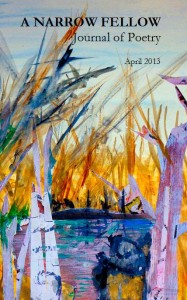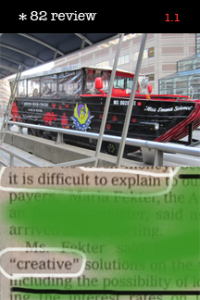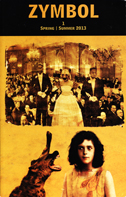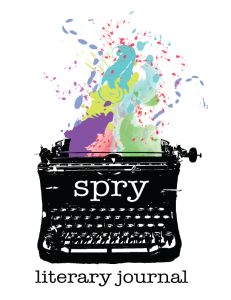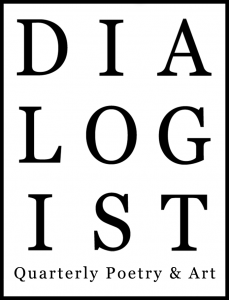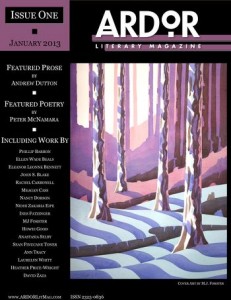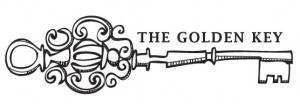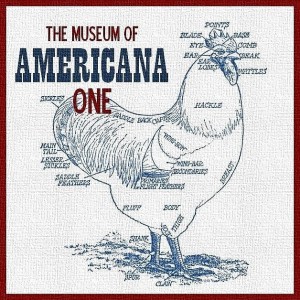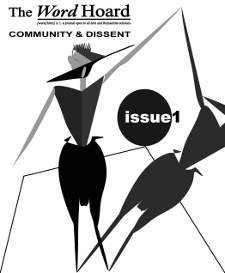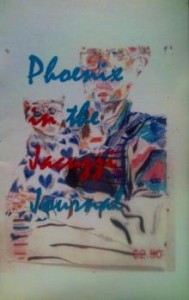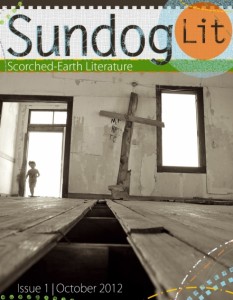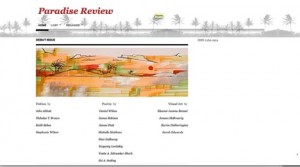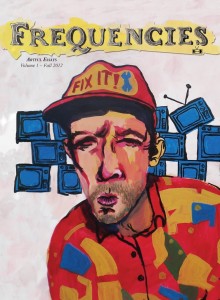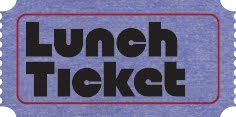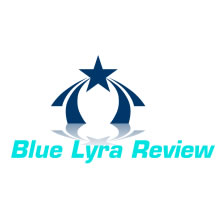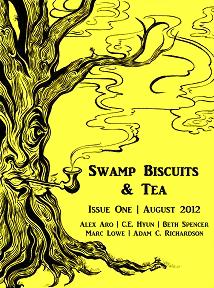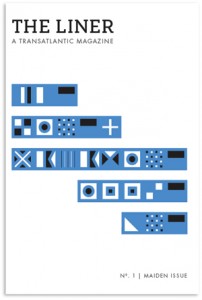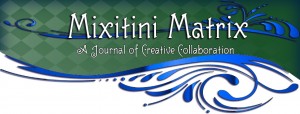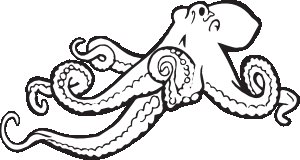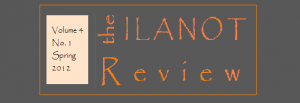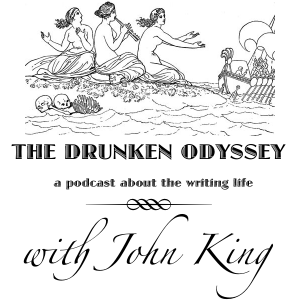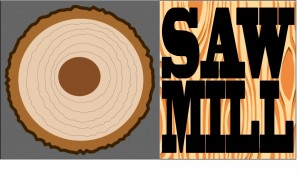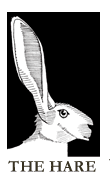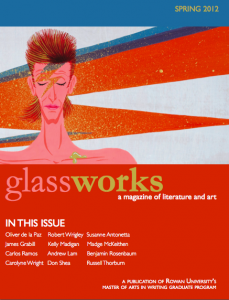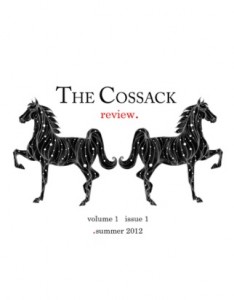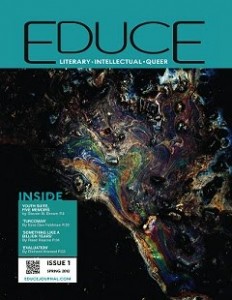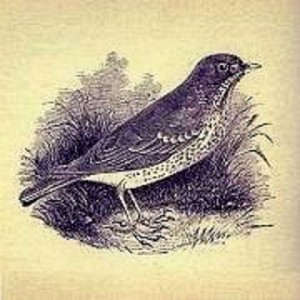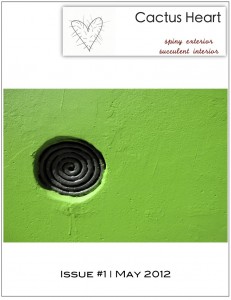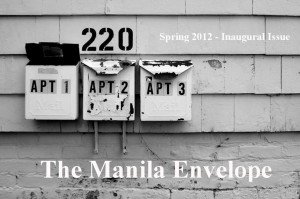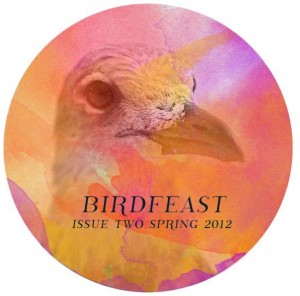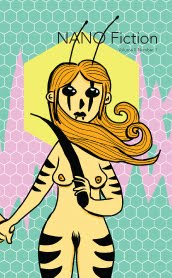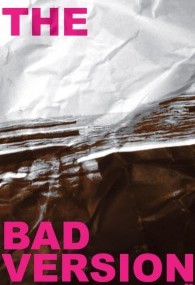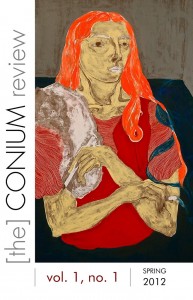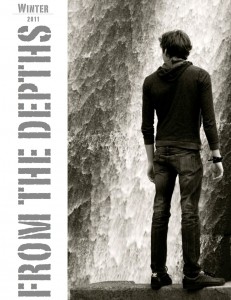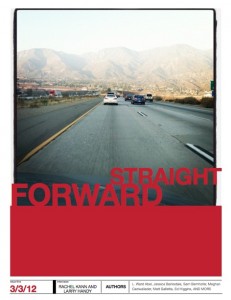A NARROW FELLOW is a new biannual, print, poetry magazine that takes its name from an Emily Dickinson poem, later named by publishers “The Snake.” This poem is about “…a narrow fellow in the grass…” After coming up with a list of 40 possible names, Editors Mark Lee Webb and Molly McCormack (husband and wife) sat down to make a final decision: “The name we settled on at the end of the candle and the bottom of the bottle of wine (a Pinot Noir) was A NARROW FELLOW,” says Webb.
“We wanted to connect more with ‘The Tribe,’ make contacts with established voices,” he says. “We also recognized the difficulty new voices have getting published . . . It’s often a very closed clique . . .” Knowing this frustration, they wanted to make a place for these new voices to shine.
The magazine features mostly poems that fit on one page and that “tell engaging stories, that use vivid images, and that sing melodies that beg you to come back for more.” Web says that they don’t publish experiment, but they also don’t publish traditional forms with measured meter and end-rhymes. “We publish innovators (which is different than experimenters, to a degree). Webb really knows the kinds of poetry they want, and the kind they don’t want: “We publish lots of metaphor. We publish poems that tell a unique story in a unique way. We don’t publish poems about writing poetry. We don’t publish poems about the meaning of the universe. We publish mysterious poems that are not confusing. They don’t tie a bow around their endings, and they make the reader work a bit. But they are not un-solvable puzzles.”
Each author that they feature has at least two poems, “so the reader can get a better sense of their voice.” Webb says that they event rejected some excellent poets because they only sent one poem, or only one remarkable poem in the set.
The first issue features well-known poets Jeffrey Skinner, Mark Brazaitis, Fred Smock, James Harms, and Lynnell Edwards. The issue also includes Karen Schubert, who recently won an Ohio Arts Council grant and teaches at Youngstown State. Webb says, “Her poem ‘Toby Tyler’ is remarkable.” Webb says they are excited to be one of the first magazines to publish the work of Jerriod Avant, an MFA student “that you’ll be hearing a lot about in the next few years.” The issue also features the work of emerging voice such as Caitlin Thomson and Valentina Cano. Webb says that the next issue will feature double the amount of poets that were published in the inaugural issue, which was seventeen.
In the future, A NARROW FELLOW plans to publish a theme issue that will pair pieces of artwork with poems written about the art. Webb says that in addition to publishing the issue, they will hang the art and poems for a show at a gallery.
For information on submitting or subscribing to the magazine, please visit their website.

